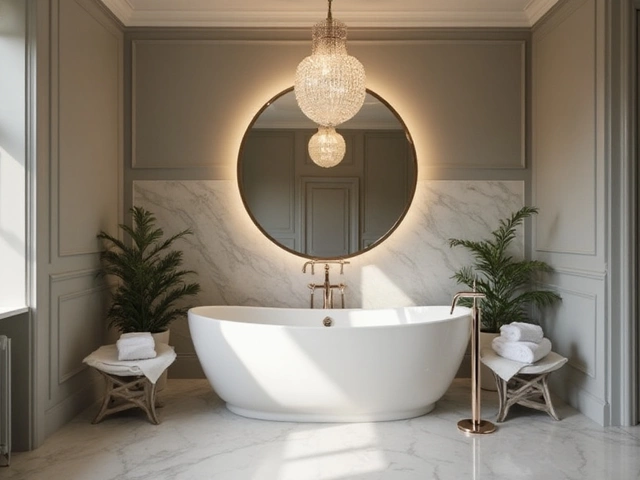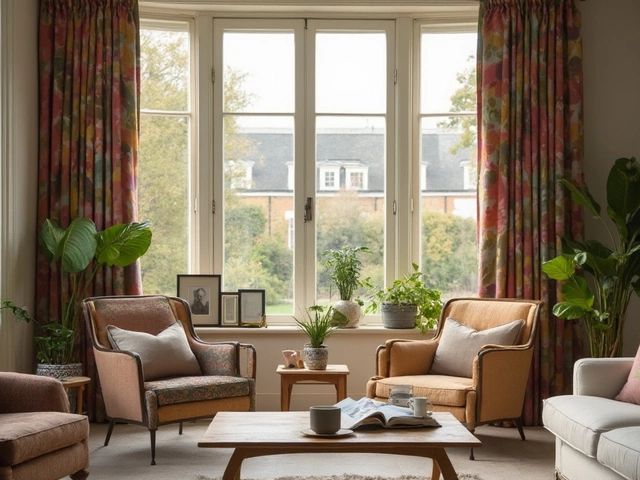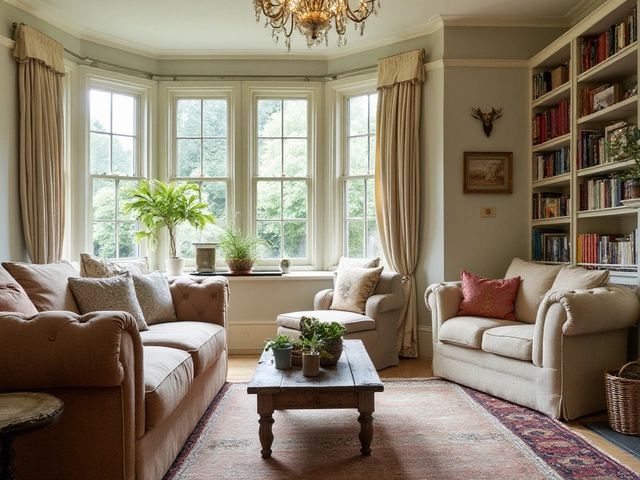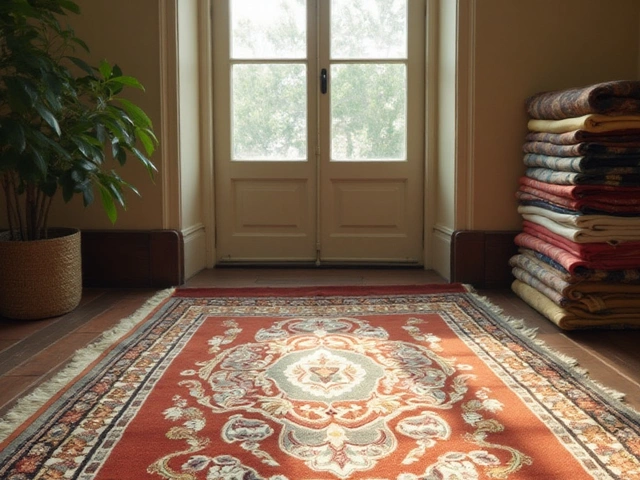Blackout Curtains Disadvantages: What You Should Know Before Buying
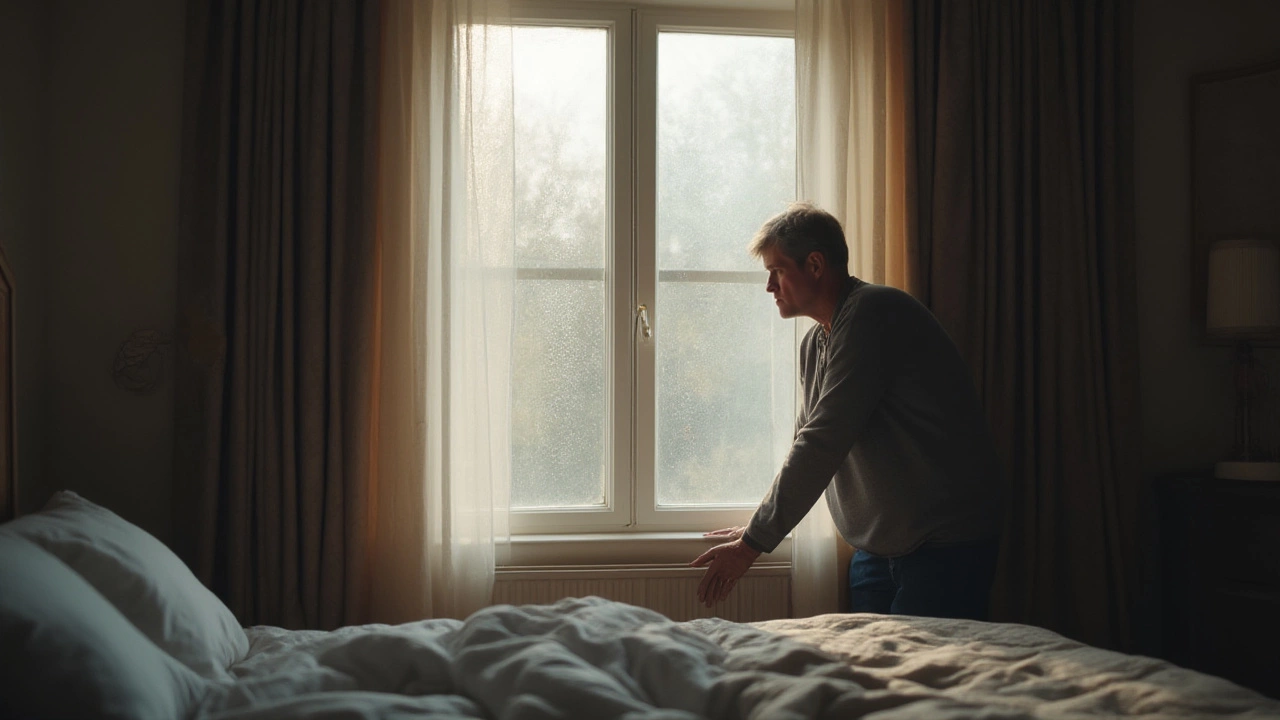
Ever wondered if you might regret those blackout curtains? They promise better sleep and cozy vibes, but there’s a flip side no one really advertises. People rave about their magical light-blocking powers, yet that thick fabric comes with a hidden cost – and it isn’t just the price tag. Studies actually show that your window choices can quietly mess with your daily mood, pocket, or even your indoor air. So before falling for their pitch-black promise, let’s look at the real drawbacks people don’t talk about until the panels are already up.
The Dark Side: How Blackout Curtains Affect Your Mood and Routine
Blocking sunlight isn’t always as dreamy as it sounds. Sure, blackout curtains do wonders for sleeping during the day, catching weekend naps, or watching movies without screen glare. But sunlight does way more than just help you see in the morning. Your body’s internal clock – your circadian rhythm – is tuned by natural cues from the sun, especially in the first 30 to 60 minutes after waking up. When blackout curtains keep your room pitch-black, your brain misses out on these important signals, chemically telling you to stay drowsy. Melatonin, the hormone that helps you sleep, doesn’t stop production as quickly. A 2024 study from the Sleep Health Foundation actually showed that people who use blackout curtains regularly were 21% more likely to report grogginess even after a full night’s rest compared to those who let in natural morning light.
Don’t underestimate the blues, either. Daily exposure to natural light drives your mood, energy, and even vitamin D levels. Research by Harvard Medical School has demonstrated that blocking daylight can subtly increase the risk of “cave syndrome,” a fancy term for feeling low or unmotivated from staying in dark environments too long. For folks already struggling with seasonal affective disorder (SAD) or just winter lows, blackout curtains can tip the balance further by making environments too dim. Even if you crack them a bit, most people just don’t – the whole point is to block out everything, right? That’s how you end up starting weekdays in perpetual twilight.
Routines can also go sideways. Shift workers or new parents might love being able to nap anytime—but if you have kids, be warned: blackout curtains can trick young bodies into thinking it’s still bedtime, throwing sleep routines into chaos. Kids may resist morning wake-ups more, or nap too long, which ironically leads to restless nights.
Of course, there are creative ways to solve for this. Leaving curtains open a crack in the morning or investing in smart timer-powered openers can coax your body into a normal rhythm. Some folks set alarms with sunrise-simulating lamps. If you’re committed to blackout curtains, pairing them with a sunlight alarm clock (they’re actually quite affordable on Amazon now) can be a real game changer for grogginess and mood stability.
Ventilation, Dust, and Air Quality: What Lurks Behind the Panels
Heavy blackout panels are famous for their thick, sometimes rubberized linings—a dream for blocking noise and light, a nightmare for trapping dust and restricting airflow. People love how soundproof their bedrooms feel, but consider this: thick fabric holds onto dust mites and airborne pollutants, more so than lighter curtain materials. Asthma and allergy sufferers know this pain all too well—when you block the sun and airflow, humidity can rise and dust settles undisturbed. Blackout curtains need way more frequent cleaning than regular ones. According to a 2023 American Lung Association report, thick window coverings in bedrooms can increase the concentration of indoor allergens by up to 18%, especially if windows are rarely opened. Most people don’t wash their curtains monthly, but that’s the routine allergists recommend when you have blackout panels, just to keep airways clear.
Let’s not gloss over air circulation issues. Heavy curtains completely closed can actually stifle natural ventilation, making rooms stuffy and boosting condensation on windows. That stuffy feeling in the morning? It’s not just in your head. During humid months, moisture trapped behind blackout curtains can encourage mold growth right on the lining or window frame. You may even start to notice odd smells or a faint mustiness if you skip regular airing out, especially in smaller bedrooms or older homes that don’t have modern HVAC systems.
Here’s a quick tip if you simply can’t go without blackout curtains: open them wide at least once a day for thirty minutes and, if possible, crack open the window to shake out humidity. Choosing machine-washable panels is another underrated hack—dry cleaning gets expensive and you’ll want something you can throw in with your sheets. If you suffer from allergies or asthma, look out for anti-microbial or hypoallergenic options that specifically resist dust and bacteria. Some newer blackout styles now come with removable linings, making deep cleaning much less of a hassle.
And don’t forget the curtain rod: a tight fit keeps out light but can trap more air behind the curtain, increasing condensation. Small rod spacers or standoffs can help create a little breathing room for both your airways and your window frame.
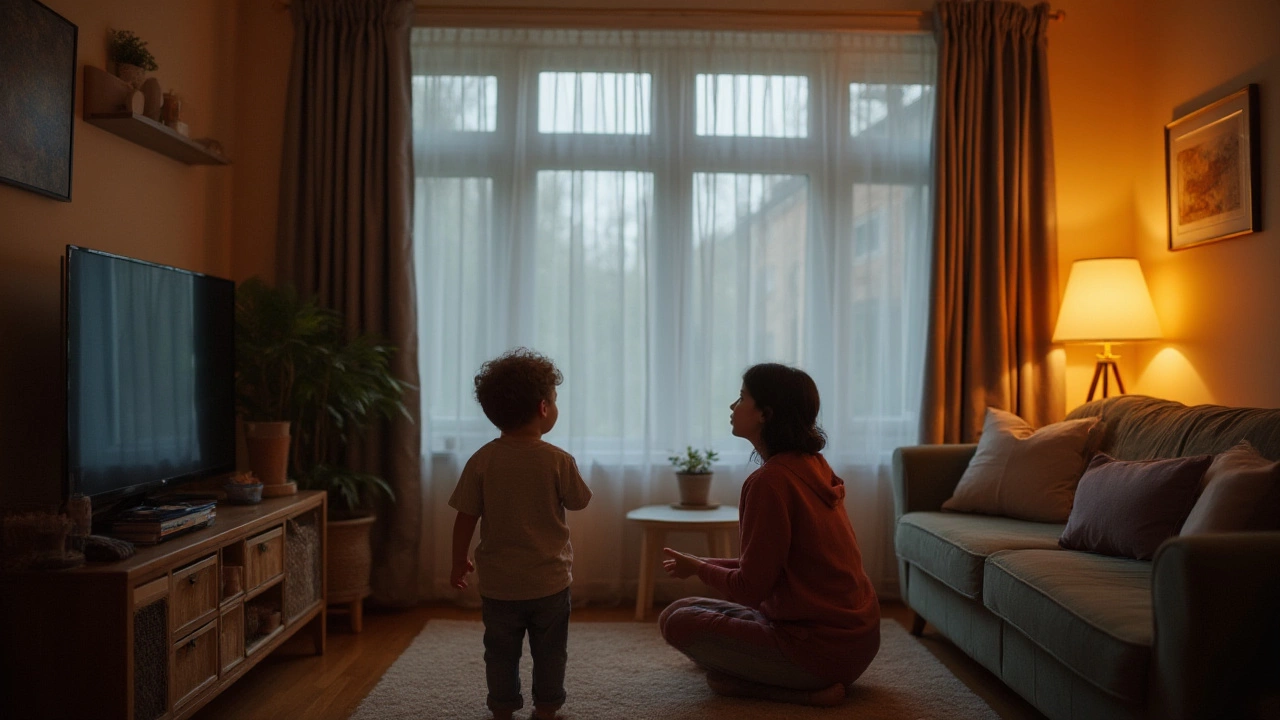
Energy Efficiency, Bills, and Unexpected Costs
This may catch you off guard—blackout curtains are often sold as “energy saving” window treatments. But is that really true? It’s only half the story. Sure, in winter, heavy curtains keep heat from escaping, lowering your heating bill a little. But in warmer months, blackout panels can make a room too hot by trapping in body and appliance heat, especially if you keep the windows covered all day. A study out of the University of Minnesota in 2022 found that homes with blackout curtains saw a 9% decrease in winter heat loss but also experienced up to a 15% increase in indoor daytime temperatures during summer if curtains were shut from morning to evening. So if you crank your AC just to keep cool, there goes your energy savings.
Some blackout fabrics and linings—even though they’re “thermal”—aren’t very breathable, making a room stifling and humid on hot days. If you’re using blackout curtains in a sun-drenched living room, you might wind up blasting the fan or running a dehumidifier to stay comfortable. That’s an extra hit to your electricity bill that people rarely calculate ahead of time.
Let’s talk actual dollars. The up-front price is a shock for some buyers—good blackout curtains can run double or triple that of standard styles, and if you want high-end brands with certifications (Greenguard, OEKO-TEX), the costs climb fast. Add specialized rods or smart openers and it gets even pricier. Here’s a table comparing some real-world costs and energy outcomes, drawn from a late 2024 Home Interiors consumer survey:
| Window Covering Type | Avg. Cost (per window) | Winter Heat Loss Reduction | Summer Cooling Increase |
|---|---|---|---|
| Standard Curtains | $35 | 6% | None |
| Blackout Curtains | $70 | 9% | Up to 15% |
| Cellular Shades | $110 | 15% | Negligible |
The trick? Use blackout only where it’s truly needed—like a bedroom facing bright streetlights or a nursery. For living rooms or offices, hybrid solutions like layered sheers, cellular shades, or blinds can provide both privacy and filtered daylight, cutting down costs (and heat) across seasons. If you’re in an extra-hot region, choosing blackout curtains with a light-colored liner facing the window helps bounce back solar energy. Don’t forget to check warranties—some blackout linings break down after just a few years, especially under strong sun, which means replacement costs come sooner than you’d expect.
Design Challenges and Tips to Make Blackout Curtains Work
Now, style is its own beast. Blackout curtains are notoriously thick, heavy, and sometimes lacking in the breezy designer looks you’ll see with regular panels. If you love a light and airy vibe, thick opaque curtains change the whole personality of a room, making it feel more closed off—cozy for winter, a little claustrophobic for summer. Traditional blackout curtains also tend to come in fewer color and pattern options and often look solid, matte, and industrial. If you’re going for a Scandinavian, plant-filled, or minimalist look, the bulky fabric might clash hard with your aesthetic. Slimmer blackout styles exist, but you’ll pay more, and sheer overlays complicate cleaning.
Let’s talk mounting issues. Because of their weight, blackout curtains need sturdy rods—flimsy options often buckle or bend, and wall or ceiling mounts can be trickier to install. For renters or anyone not wanting to drill, this is a real headache. Adhesive rod options are almost always too weak for true blackout panels, so get ready for holes in your walls. And to get a real blackout experience, panels need to extend well past window frames and touch the floor—leaving gaps at sides or bottom lets light sneak in, making your investment nearly useless. If you want total darkness, it requires finessing the measurements and sometimes custom-sewing. Want to use curtain rings for easy drawing? Check if your chosen curtain design even accommodates them—some blackout styles don’t.
Another design rub: blackout liners can yellow with sun exposure or crack after repeated washing, especially cheaper PVC-backed options. White or cream panels look fresh but might not stay that way for long in sunny windows—something folks often only notice after a season or two.
There are tricks to soften these drawbacks. For style, pair blockout panels with a softer, patterned sheer or lighter curtain in front—that way, you keep style flexibility and block light only when you really need it. Ceiling-mounted tracks give a tidier look and close up light leaks. For those worried about rental damage, spring-loaded rods or special tension rod blackout solutions are now easier to find, though they work best for smaller windows. Swapping out super-dark colors for pastels or lighter neutrals makes a room feel less closed in, even with blackout’s dense fabric. Some new brands offer magnetic edge strips or side channels that block light without heavy overlap, worth a peek if you crave both darkness and a minimal look.
At the end of the day, blackout curtains excel in the right setting—but knowing their quirks saves you cash, cleaning blues, and the headache of a perpetually dark cave. Try to weigh your real needs first: total darkness for an odd-hour sleep schedule, manageable energy bills, or just a way to nix glare during movie time? The perfect solution almost never comes pre-packaged, but with some savvy planning, you can get most of the benefits without the unexpected downsides.

